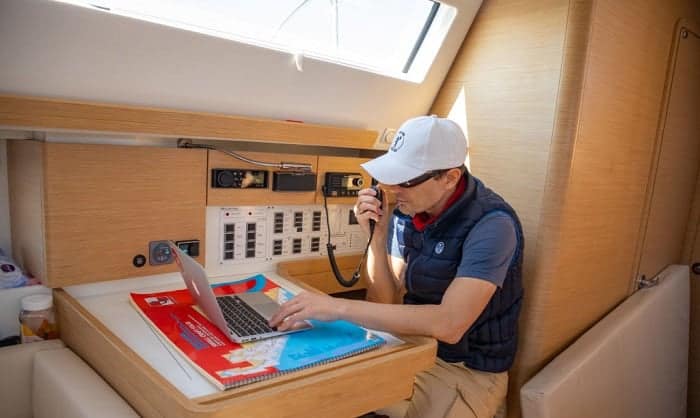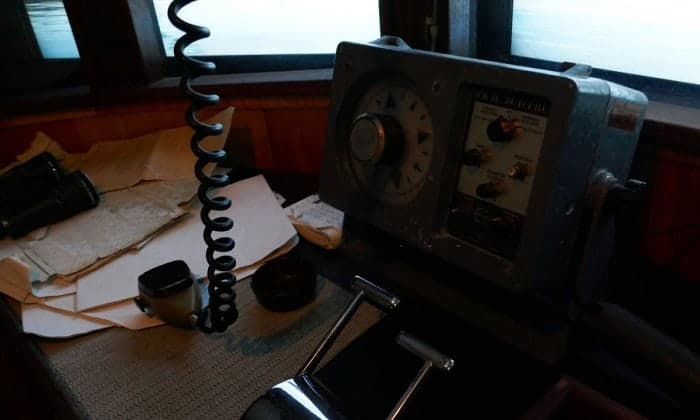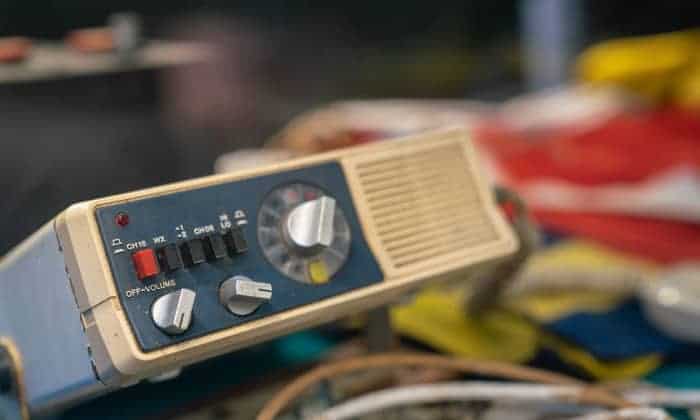An SSB or Single Side Band marine radio is used for communication when a boat or yacht is at sea. It’s a very important feature for marine radio channels. The SSB system was deemed essential because of the interference of the AM radio system.
Good thing that SSB radios offer several services like two-way communication of marine radio systems with the captains of vessels and the Coast Guards. Even though there’s a distance between personnel, the information is sent and received without any interruption.
What are SSB radios? You’ll learn more as you continue to read. With better understanding, you can communicate well with others when you’re sailing.
Table of Contents
More About SSB Radios
The main benefit of using an SSB radio or marine single side band radio is not having to pay any tariff or amount. Yet, you can communicate when you’re away sailing. It’s a very efficient method to superimpose information through radio waves and their transmission.
A properly installed SSB can maintain good performance even with a distance of 4,000 miles. However, the ranges are based on weather, experience, and proficiency when using the equipment that relies on sound installation.
Components Of SSB Radio
1. Display Unit or Radiohead
This part is mounted at the chart table. It’s a large radio unit display, so everything is clear and readable. There are powerful rotary controls and a somewhat soft keypad layout. It comes with a fist-style microphone too.
2. SSB Transceiver
It’s the core of the marine single sideband radio system. You can’t spot it right away as it’s hidden. However, the PCBs, all the primary electronics, and necessary components of transmission and reception area in the transceiver.
3. Automatic Antenna Tuner
It’s located below the deck as it’s usually mounted in the back aft or lazarette. The tuner determines the length of the operative antenna that works with frequency. Thus, the antenna becomes active with the automatic job of a tuner.
The process goes through coils and relays. What happens next is converting the antenna’s electrical length for the best performance on the selected frequency. It’s termed resonance frequency.
4. Antenna
The antenna for SSB radios should have a minimum length of 7.5 meters. You may use the backstay to install an antenna correctly. Two insulators should be added, and one should be two meters above the deck level from the transom. The other insulator is placed one meter above the masthead.
5. Grounding
The importance of the grounding system shouldn’t be taken for granted as it’s responsible for the ranges that the SSB radios can reach. You ought to know that when your vessel is on saltwater, you’ll have the best grounding point.
The seawater can be considered a springboard that can establish a solid base for the transmission through the antenna. A solid grounding is vital to make the system work efficiently.
You may use a dynaplane or dynaplate to ensure that the grounding is done properly. They are golden sintered bronze plates that fastened to the outer hull below the waterline.
There’s a honeycomb compound on these plates that increases the surface area multiple times when against the water. The grounding or earthing of these parts can be accomplished with 3-inch wide copper foil linked to the antenna tuner and transceiver.
6. Quality Cables
Be wary of using quality cables if you want the SSB system to work as you expected. There’s a negative effect if there’s a loose connection and narrow area for the transmission of shortwave power.
Also, corrosion and short circuits may put you at risk. You have to set the coaxial cable that links to the tuner and radio in low attenuation. The PL plugs must be soldered to block any contact between the shielding and the conductor.
But you have to leave an adequate area for the conductor. You may also use a rod antenna instead of the usual antenna utilized for short wave radio systems. This is with consideration to the electrically insulated backstay.
In insulated backstay, I recommend building a dependable connection with the high-voltage cable by a backstay clamp. By the clamp’s large contact surface to the insulated backstay, you can gain a good connection for your SSB radio.
This feature also makes a waterproof connection for the high voltage cable connected to the antenna and tuner.
How To Use An SSB Radio
An SSB radio is a multi-frequency transmitter and recipient of information at the same time. It’s open-banded and it can function at one hundred fifty watts. With this ability, it’s akin to the sets used by HAM or radio enthusiasts.
Using this equipment requires enough time to gain the most of its performance. To make it happen, you have to take LRC or Long Range Certification. Some boaters may have SRC or Short Range Certification for VHF radio.
If you have SRC, you need to take LRC because it introduces new things, specifically SSB operations. The centers that offer this course have the same equipment that you use in your vessel.
Things That You Need To Consider When Using SSB Radios
To use the SSB radio in the most efficient way possible, install it with an outstanding setup. You can achieve it by being particular with the things that you need to consider.
The degree of sophistication of electronics used in water vessels has improved throughout the years. Sadly, the chances of RF interference also increase. The existence of this presence is difficult to explain.
For instance, the SSB does the transmission at 150 watts from the backstay. Insulators are installed two meters above the backstay or within grab height to prevent accidentally grabbing the antenna or backstay while the SSB is in the process of transmission.
When someone lays his or her hands on those parts, severe RF burns and shock can happen. This setback shows the transmission level. RF interference may take place on monitoring equipment and digital displays at the chart table or the pedestal.
Since there’s no protection in GPS yachts with modern construction, this type of interference will likely happen. SSB transmission can reflect on pieces of equipment like Hi-Fi or stereo and DAB, AM, FM signals.
Even the active radar reflectors placed on at the masthead can also get the SSB transmission. It happens as it’s proximate to the backstay where the SSB radio is located.
Start Using A Marine SSB Radio
Since you now know the details behind ‘What are SSB radios?’, it’s crystal clear that they’re one of the most valuable devices on board. Seasonal blue water boaters will surely agree. It’s best to take the LRC course to operate this radio with no lapses.
Once you mount the SSB radio, it will be at its peak performance. You’ll truly appreciate its worth as you can communicate with others even if you’re distant from them.

“I am James Harvey – founder of Boating Basics Online. It is established with the drive to help out first-time boaters, which are those desiring to explore their way through the water. So if you are new to boating, start from here with me. “



